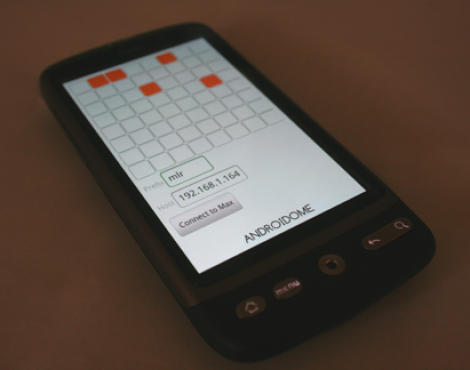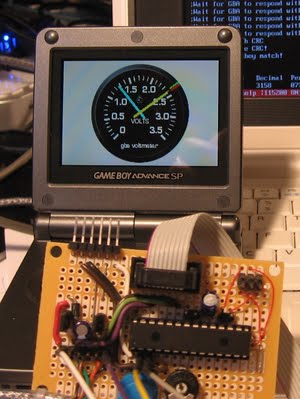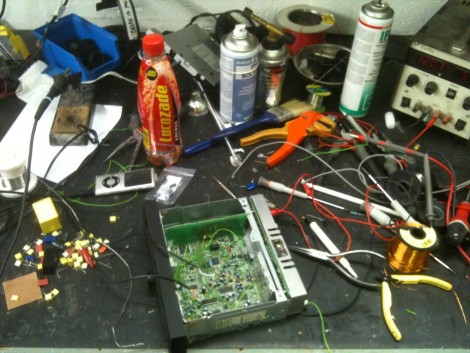
After seeing Toy Story [Will Gorman’s] son wanted to play the Crane Game. Rather than hanging out in the lobby of the pizza parlor, [Will] built one at home using Lego. The skill crane as he calls it has a large gantry to travel over the top of the treasure box. The claw can move side to side on the gantry, dropping for a chance at some loot once it’s in the right place. See a successful run in the video after the break and if you can’t help yourself, there’s build instructions that will have you up and running in no time. But you don’t have to build it out of Lego, sometimes you just need some junk to pull one of these together. Continue reading “Home Claw Game Delights The Little Ones”

















